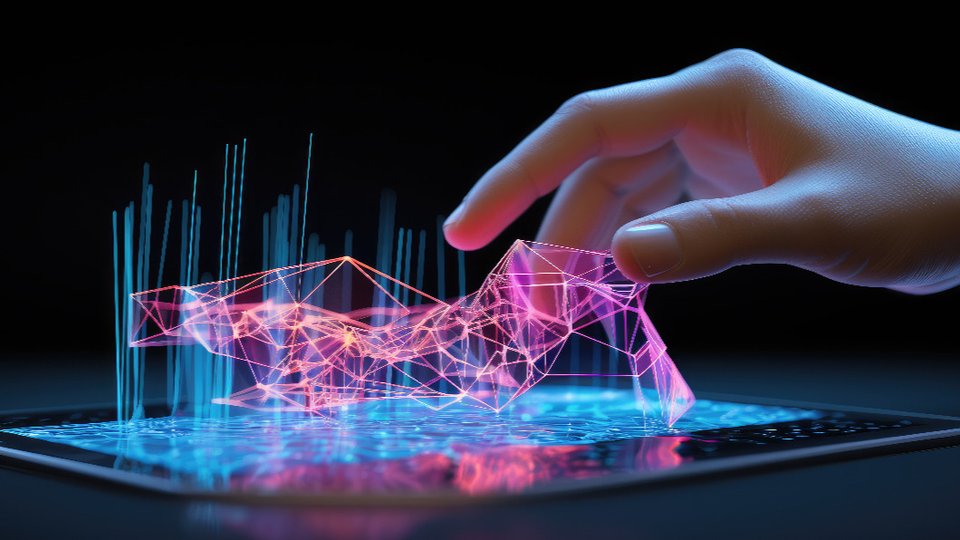Technology
How AR and 3D modeling are reshaping customer experience
As AR and 3D modeling technologies continue to evolve, their impact on the customer experience will only grow. Retailers that leverage these tools will gain a competitive edge in an increasingly complex and demanding market.

September 10, 2024 by Gaia Vernaglione — Director of Americas, Zakeke
In today's digital era, augmented reality and 3D modeling are revolutionizing the customer experience. Once considered futuristic technologies, they are now integral to how e-commerce businesses engage with their customers, offering new levels of interactivity and immersion.
By transforming the way products are presented and reducing the gap between expectation and reality, these tools enhance customer satisfaction and loyalty, making shopping more enjoyable and efficient for everyone.
Enhanced product representation
One of the most significant impacts of AR and 3D modeling is their ability to provide highly accurate and interactive product representations. Traditional product photography can be limiting, often failing to convey the true look and feel of an item. AR and 3D modeling, however, allow customers to view products from multiple angles, zoom in on details, and even see how items would fit in their real-life environments.
For instance, virtual try-ons for clothing and accessories enable customers to see how items look on them before making a purchase. Similarly, AR visualizations of furniture in a customer's home provide a realistic sense of how the piece will fit and complement existing decor.
Reducing returns, enhancing customer satisfaction, minimizing waste
Accurate product representation significantly reduces the likelihood of customer dissatisfaction and returns. When customers can visualize and interact with products in a realistic manner, they are more likely to feel confident in their purchase decisions. This clarity helps ensure that the product meets their expectations, thereby decreasing the chances of returns. Returns are a major pain point for both customers and businesses, often leading to logistical challenges and added costs.
By minimizing returns, AR and 3D modeling not only enhance customer satisfaction but also streamline the post-purchase process and reduce returns.
Sustainability is increasingly important to consumers and businesses alike. AR and 3D modeling contribute to more sustainable practices in several ways. For example, their role in providing accurate views of the product before a customer makes a purchase, they reduce the return rate, minimizing the waste that results from this process.
Additionally, by providing detailed digital views of products, these technologies reduce the need for physical samples, which are resource-intensive to produce. Clothing companies, for example, traditionally create physical samples for each item and variation, resulting in significant waste. By converting these samples into 3D models, businesses can display their entire inventory digitally, eliminating the waste associated with unsold samples and excess inventory.
This shift supports a more eco-friendly approach to retail, aligning with the growing consumer demand for sustainability.
As AR and 3D modeling technologies continue to evolve, their impact on the customer experience will only grow. Retailers that leverage these tools will gain a competitive edge in an increasingly complex and demanding market.
By adopting AR and 3D modeling, businesses can create more resilient and efficient operations, deliver greater value to customers, and support sustainable practices. The future of retail lies in these innovative technologies, which are set to redefine how customers interact with products and brands in profound ways.
About Gaia Vernaglione
Gaia Vernaglione's journey in business development has been marked by gaining valuable experience across the globe in Milan, Hong Kong, and the US. Working across multiple hubs and environments has been instrumental in developing her expertise in visual commerce technologies, enhancing her understanding of the e-commerce landscape. As Director of Americas at Zakeke, Gaia leverages this rich experience to innovate and push the boundaries of e-commerce, particularly focusing on the impactful use of technology to improve online shopping experiences.





